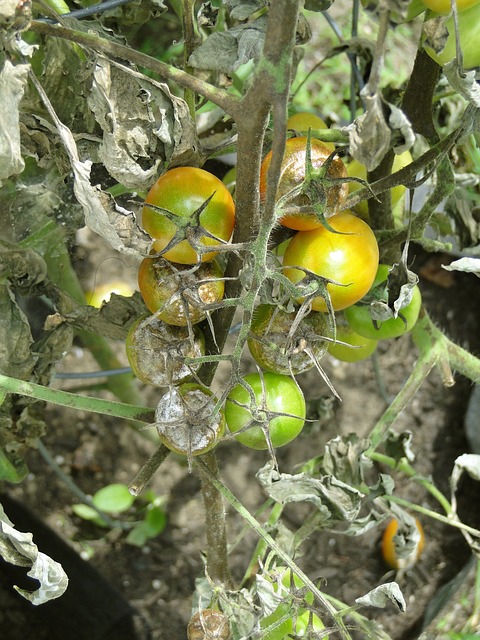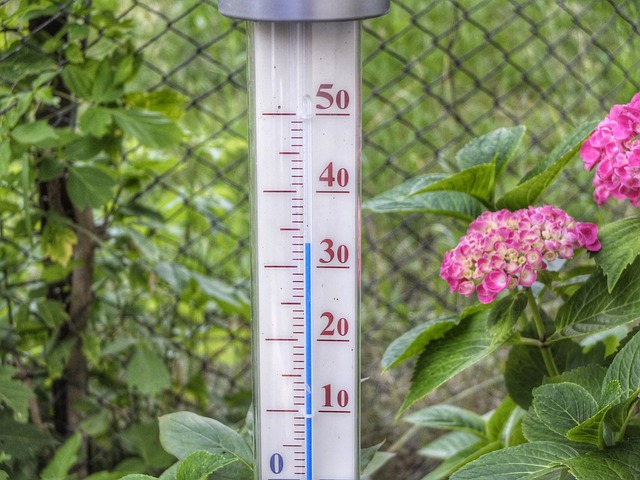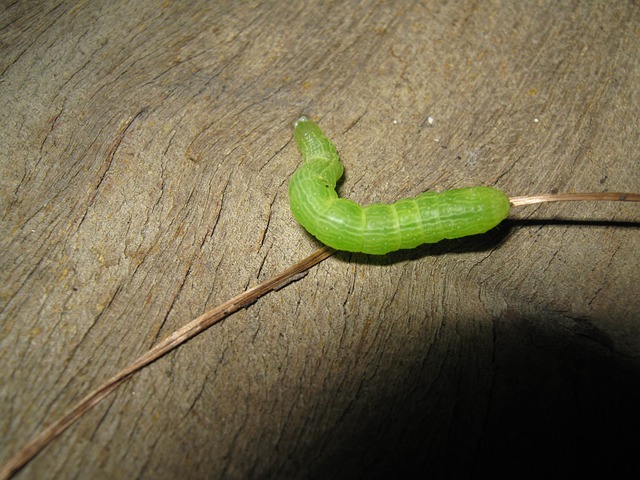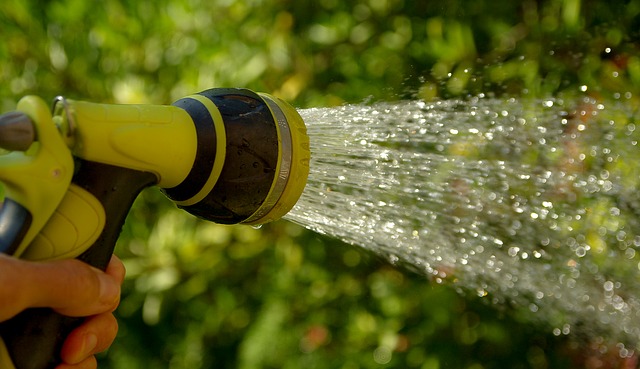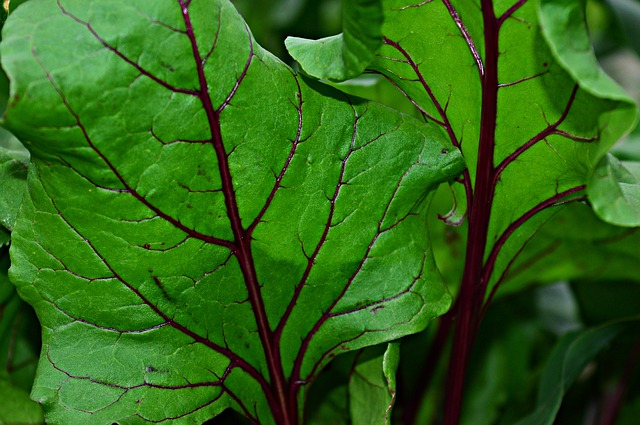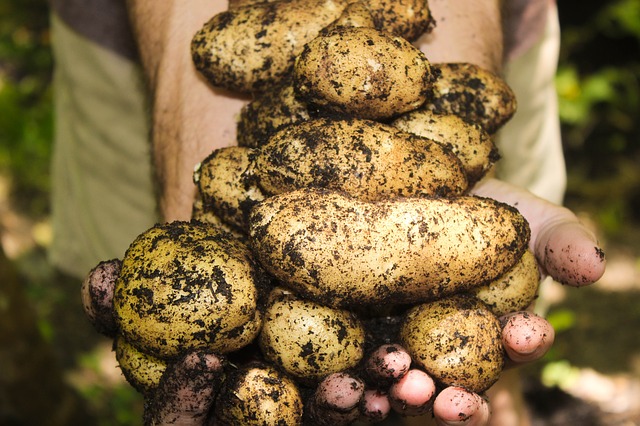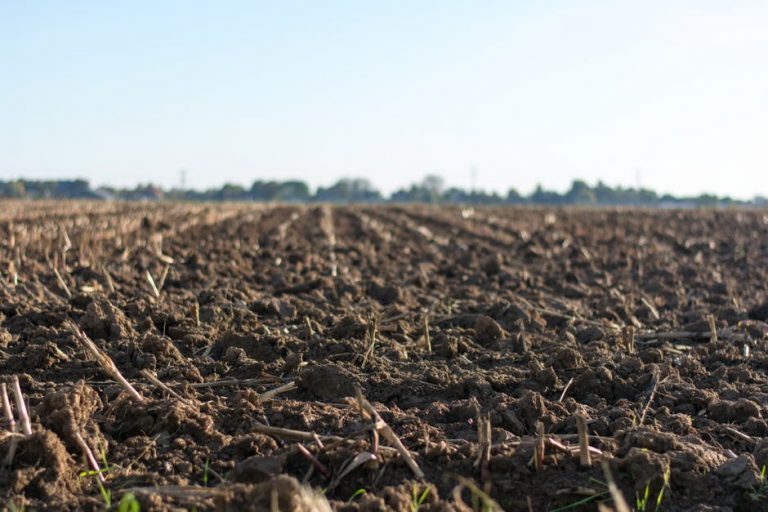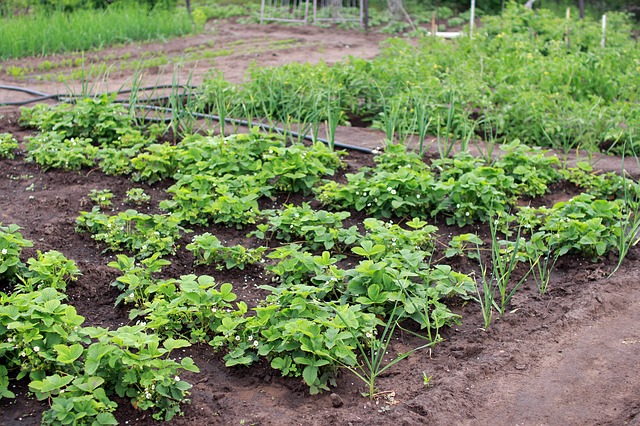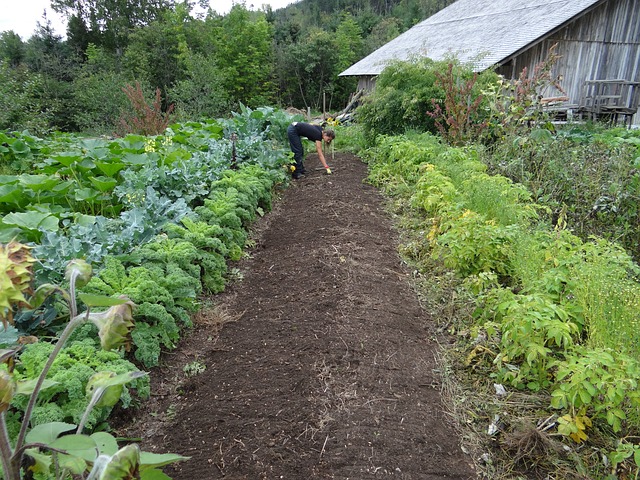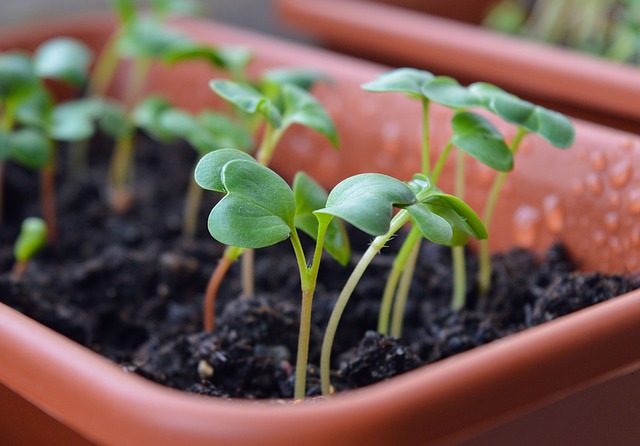I find it incredible that my garden can handle such intense weather variations. One week it’s boiling outside, the next the temperature drops to a balmy 10 degrees celsius overnight. I’m grateful for the respite from the heat, but cooler, wet weather brings along a whole other set of problems, including tomato blight. What is…
Gardening During a Heatwave
We’re currently experiencing another heatwave where I’m located and boy oh boy does it ever make gardening a real chore. I’m incredibly thankful that our home is equipped with A/C, but when the temperature reaches over 100 degrees Fahrenheit, I hate going outside even if I can cool down when I return inside. We aren’t…
2 Important Recent Gardening Mistakes: Lessons to Share
I made two serious gardening mistakes this season that I think are worth sharing with you all. One was a mistake that I shouldn’t have made and another a simple error with significant consequences. This summer has been tough for gardening. Things are growing, but the numerous heat waves have caused plants to struggle. Even the ones…
Watering Tips to Avoid Waste & Unhappy Plants
Think about the last time you were severely dehydrated. You probably felt sluggish. Maybe you also had a pounding headache. Overall, it’s not a fun experience. A garden probably feels the same way when it lacks water. Like humans, plants need H2O to survive and can’t live long without hydration. Over the years, I’ve learned…
3 Vegetables You Can Use from Top to Bottom
Avoiding waste at all costs is extremely important to me as a frugal gardener. Throwing away parts of a plant that I might be able to use is akin to throwing money in the trash! Now is the time of year where I’m in full harvest mode. I also receive a weekly CSA farm basket…
Knowing When to Harvest Garlic and Potatoes
I love this time of year! It’s truly when the garden looks best. Everything is bright green, there are pops of color here and there, and I’m harvesting things consistently. It feels like the garden is alive. Harvesting kale and other greens is a breeze. I can easily spot when a tomato is ripe for the…
Adventures in Soil Testing
Summer has arrived at our doorstep. The temperatures are heating up, the sun is out in full force, and the garden is filling out nicely. I’m continually finding things to do, even though the main planting period has passed. Now, it’s all about maintenance and succession sowing. I check on the garden each day to…
Bigger Isn’t Always Better for the Frugal Gardener
Over the years as I’ve worked to maintain and cultivate my garden frugally, I’ve realized that bigger isn’t necessarily better. When I used to garden in a small partially shaded area, I often dreamed of a larger plot of land where I could expand my efforts. I no longer wanted to be stuck with a…
The Importance of Daily Garden Checks
I try to walk through my garden on a daily basis. Whether it’s bright and early on a weekday morning when the rabbits are out, and there’s still dew sitting on leaves, or it’s evening, and the sun is setting. Even when my schedule is out of control, I make it a priority to visit…
Do I Really Need to Start Seeds Indoors?
Seed starting this year was hit or miss. A few things grew beautifully, but I had to deal with a lot of problems. Seeds were not sprouting, mold was forming on the soil, and I had to deal with damping off. I worked hard to sanitize my seed starting equipment and create a hospital environment…
